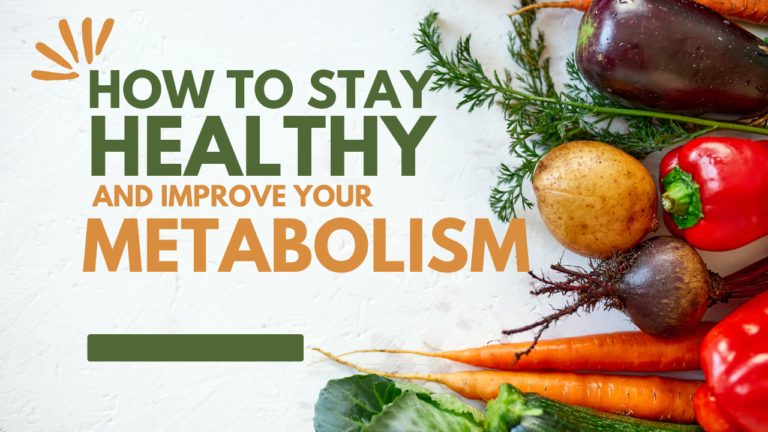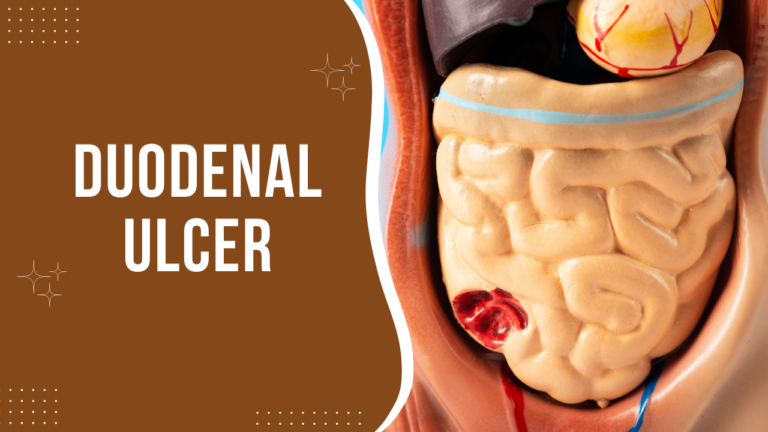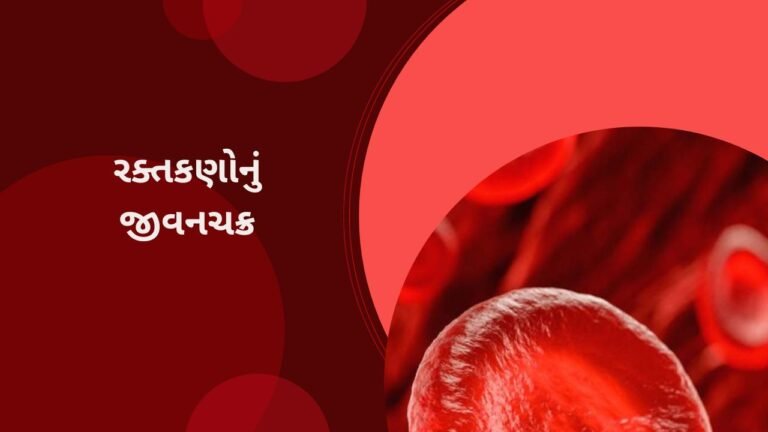Psoriasis: Symptoms, Causes and Treatment
Psoriasis: Symptoms, Causes and Treatment
What is Psoriasis?
Psoriasis is a skin condition that typically affects the knees, elbows, trunk, and scalp. It causes a rash with itchy, scaly patches.
Psoriasis is a frequent, chronic disease that has no cure. It may hurt, keep you up at night, and be difficult to focus on. The condition frequently goes through cycles where it will flare up for a few weeks or months before subsiding. Infections, cuts, burns, and specific medications are common psoriasis triggers in people with a genetic predisposition to the condition.
There are treatments available to assist you in managing symptoms. In order to cope better with your psoriasis, you can also try different lifestyle choices and coping mechanisms.
Symptoms of Psoriasis:
A patchy rash that can appear in many different ways depending on the individual, from small areas of dandruff-like scaling to major eruptions covering a large portion of the body
Various rashes that tend to be pink or red with silver scale on white skin, and shades of purple with grey scale on brown or black skin
Small scaling marks (commonly seen in children)
Possibly bleeding dry, cracked skin
Inflammation, burning, or soreness
Rashes that cycle in and out for a few weeks or months
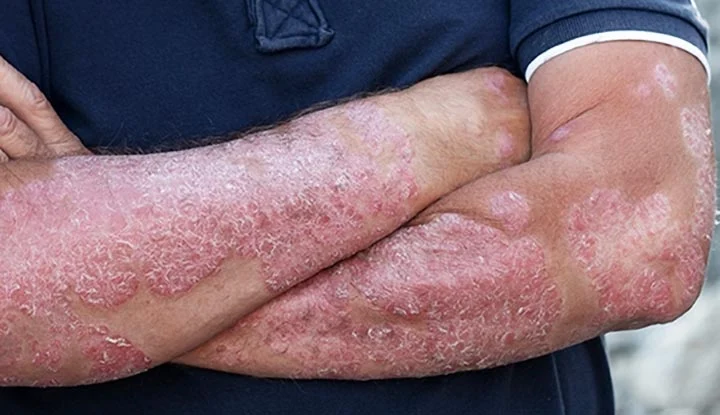
Types of Psoriasis:
Psoriasis comes in a variety of forms, and each one has unique signs and symptoms:
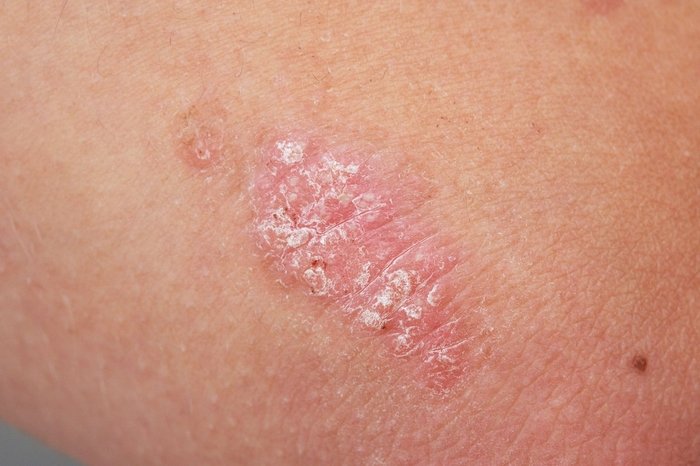
Plaque Psoriasis: Plaque psoriasis, the most prevalent type of psoriasis, results in scale-covered, dry, raised skin patches (plaques). They could be few or numerous. They typically show up on the scalp, lower back, elbows, and knees. Depending on the skin tone, the patches have different colours. On brown or Black skin, the affected skin may heal with temporary colour changes (post-inflammatory hyperpigmentation).
Nail Psoriasis: Pitting, irregular nail growth, and discoloration can all be brought on by psoriasis and affect both fingernails and toenails. The nail bed may become loose and separate from psoriatic nails (onycholysis). The nail may break if the disease is severe.
Guttate Psoriasis: Young adults and children are most commonly affected by guttate psoriasis. Usually, a bacterial infection, like strep throat, is what sets it off. Small, drop-shaped scaling lesions on the trunk, arms, or legs are its tell-tale sign.
Inverse Psoriasis: The thigh, buttocks, and breast skin folds are mostly impacted by inverse psoriasis. It results in scaly, inflamed skin patches that get worse with friction and perspiration. This kind of psoriasis may be brought on by fungi.
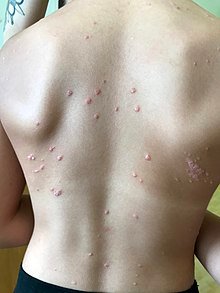

Pustular Psoriasis: A rare form of pustular psoriasis results in distinct pus-filled blisters. On the palms or soles, it may appear in small patches or in larger ones.
Erythrodermic Psoriasis: Erythrodermic psoriasis, the least common form of the condition, can cover the entire body in a peeling rash that can itch or burn severely. It may be acute (short-lived) or chronic (long-term).
Consult a medical professional if you think you might have psoriasis. Additionally, if your condition:
- Gets worse or more prevalent
- Makes you uncomfortable and painful
- Worries you about the appearance of your skin
- Does not get better after treatment
Causes of Psoriasis:
Psoriasis is brought on by an overly reactive immune system that leads to skin inflammation.
Your immune system should eliminate foreign invaders like bacteria if you have psoriasis in order to keep you healthy and keep you from getting sick. Instead, your immune system might mistake foreign invaders for healthy cells. Your immune system consequently causes swelling or inflammation, which you can see as skin plaques on the surface of your skin.
In most cases, the growth and replacement of new skin cells takes up to 30 days. The period of time it takes for new skin cells to develop is shortened to three to four days by your overactive immune system. Scales and frequent skin shedding are caused by the speed at which new cells replace dying ones on top of skin plaques.
Many people with psoriasis predispositions may go years without showing any signs of the condition before it is brought on by an outside factor. among the common causes of psoriasis are:
- Strep throat and other infections of the skin
- Specifically, cold and dry weather
- Cuts, scrapes, bug bites, or a bad sunburn are all examples of skin damage.
- Third-party smoke exposure and smoking
- Consuming a lot of alcohol
- Several drugs, such as lithium, blood pressure medications, and antimalarial drugs
- Rapid discontinuation of oral or injectable corticosteroids
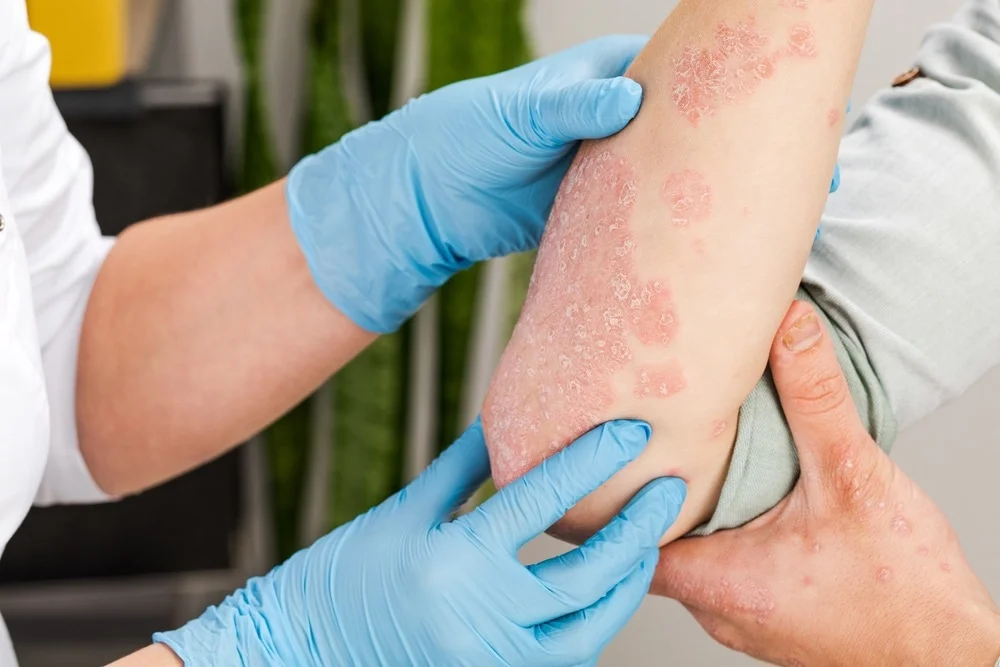
Psoriasis is diagnosed when a skin plaque appears, but symptoms can also be related to other skin conditions, so your doctor may suggest a skin biopsy test to confirm your diagnosis. Your doctor will perform this test by taking a tiny sample of skin tissue from your skin plaque to examine under a microscope.
Since psoriasis is a chronic condition, symptoms may fluctuate over the course of your lifetime. Symptoms can be reduced with treatment, allowing you to feel and look your best.
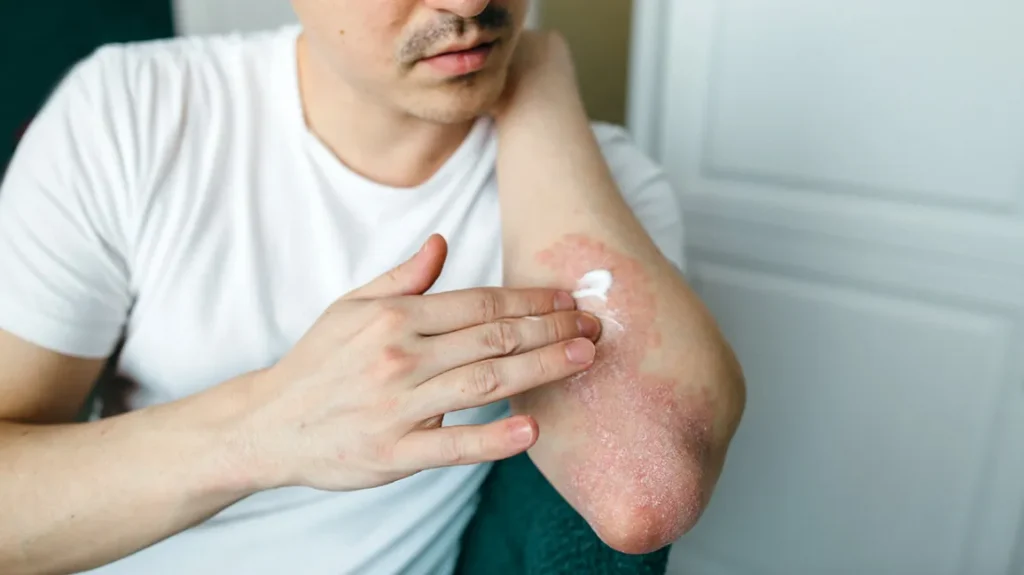
Treatment of Psoriasis:
There are numerous ways to treat psoriasis symptoms.
- Steroid creams are typical psoriasis treatments.
- For dry skin, moisturisers.
- Drug to reduce skin cell production (anthralin).
- Medicated shampoos or lotions.
- Vitamin D3 cream.
- Retinoid or vitamin A creams.
Small patches of your skin where the rash is present may only require creams or ointments to heal. You’ll require additional treatments if your rash covers a larger area or if you also experience joint pain. The presence of joint pain could indicate arthritis.
Natural Ways to treat psoriasis:
- Apply Aloe vera gel. Antibacterial and anti-inflammatory properties can be found in creams and gels that contain aloe vera plant extract. They might aid in calming the skin and battling infection-causing bacteria. There is some evidence of aloe vera helping with psoriasis.
- Take mud baths once a week as it helps in soothing the skin and helps with pain caused by inflammation. The high levels of salt and other chemicals in the mud can be used to successfully treat psoriasis.
- Neem extracts
- Keep detoxing your body.
- Vitamin D, natural sunlight
- Dietary plans –
Foods to avoid:
Inflammatory foods include many of the same high-calorie foods that can cause weight gain and raise the risk of obesity, diabetes, and heart disease. Foods that are inflammatory fall into a number of categories and can aggravate psoriasis symptoms.
Alcohol
Alcohol abuse causes your liver to work harder than normal. If you drink frequently or heavily, your body has to produce chemicals to metabolise the alcohol, which can cause inflammation over time. Additionally, alcohol can harm the beneficial bacteria in your digestive system, which can cause inflammation in your colon and intestines.
Dairy
A lot of dairy products have a high fat content, which can cause inflammation. Casein is a protein found in products made with cow’s milk that some people find difficult to digest. The digestive enzyme lactase is deficient in lactose intolerant people. These conditions can cause chronic gastrointestinal irritation, which can exacerbate inflammation. Some people find that removing dairy from their diet helps their psoriasis symptoms.
Food products that contain refined carbohydrates
A lot of processing goes into refined carbohydrates (think white bread, white rice, pasta, pastries and some breakfast cereals). They are devoid of fibre and whole grains and frequently have high sugar content, which can cause a spike in blood sugar. Additionally, refined carbohydrates raise blood levels of a group of molecules called advanced glycation end products that can trigger inflammation.
Foods containing trans fats and saturated fats
The body is known to become inflamed when exposed to the fats found in red meat, cheese, fried foods, margarine, fast food, and many processed snacks. Low-density lipoprotein (LDL), also referred to as “bad cholesterol,” is produced in greater quantities by these fats in your blood. The development of psoriasis and the worsening of psoriasis symptoms may be related, according to studies, to an excess of body fat.
Foods with a lot of sugar added
Natural sugars found in foods like fruit are distinct from added sugars found in soda, fruit juices, candy, baked goods, and other sweets. Our bodies make insulin to process sugar, but when there is too much added sugar, our bodies are forced to store the extra energy in fat cells, which causes the fat tissue to become inflamed. Additionally, foods with a lot of added sugar can result in higher levels of cytokines, which are inflammatory proteins. According to some studies, aspartame and other artificial sweeteners may also cause chronic inflammation.
Food containing gluten
According to research, celiac disease tends to be more common in psoriasis patients. Gluten, a protein found in wheat and some other grains, causes an autoimmune reaction in people with celiac disease, causing the body to attack tissues in the small intestine. Although some people without celiac disease have discovered that reducing gluten in their diet lessens psoriasis flare-ups, people with celiac disease must completely avoid gluten.
Risks and side effects
Some people may experience negative side effects from applying herbal remedies to their skin, such as skin rashes, swelling, itching, and pain.
The duration of a psoriasis flare-up can range from a few weeks to several months. With certain medications, your doctor can hasten the healing of your skin. Your psoriasis is in remission once your symptoms disappear. This implies that there is a chance you will experience symptoms again in the future. A few months to a few years may pass before you experience remission. Avoiding those triggers results in a lengthy period of remission if you notice that your symptoms worsen when you come into contact with them.






